1. Lake Nyos, Cameroon
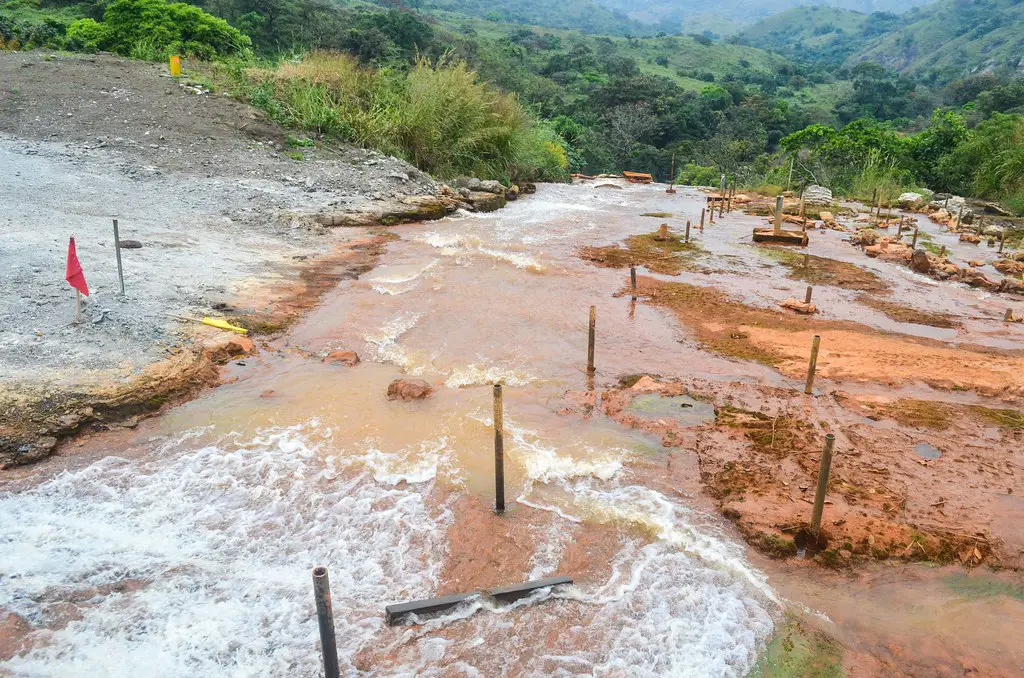
Imagine a serene lake nestled in Cameroon’s highlands, exuding tranquility. But beneath its calm surface, Lake Nyos harbored a deadly secret. On August 21, 1986, a limnic eruption released a massive cloud of carbon dioxide, silently suffocating over 1,700 people in nearby villages. This rare natural disaster, where COâ‚‚ accumulates in deep lake waters and suddenly erupts, turned the lake into a silent killer. The victims showed no signs of struggle; many died in their sleep, unaware of the invisible gas enveloping them. The catastrophe prompted scientists to install degassing systems to prevent future occurrences.
According to Britannica, Lake Nyos remains one of the most dangerous lakes due to its potential for similar eruptions. Today, while measures are in place, the lake stands as a haunting reminder of nature’s unpredictable fury. Visitors are advised to approach with caution, respecting the lake’s history and the lives it claimed. Nature, in this instance, showcased its capacity for silent devastation. Always remember: beneath beauty can lie peril.
2. Darvaza Gas Crater, Turkmenistan
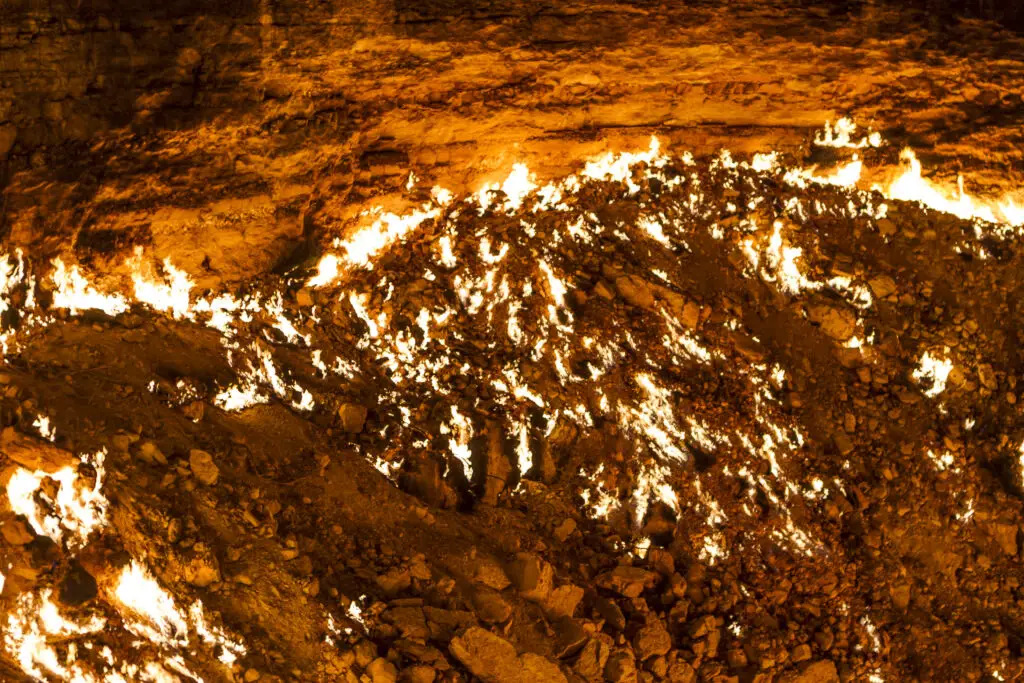
Deep in Turkmenistan’s Karakum Desert lies the Darvaza Gas Crater, ominously dubbed the “Gates of Hell.” In 1971, Soviet geologists drilling for natural gas stumbled upon a cavern, causing the ground to collapse and methane gas to escape. To prevent the spread of toxic gas, they set it alight, expecting it to burn out in weeks. Decades later, the crater still blazes, its flames visible for miles, creating a surreal and eerie spectacle. The fiery pit has become a tourist attraction, drawing adventurers to witness its otherworldly glow. However, recent reports indicate the flames are diminishing as the gas supply depletes.
Per The Sun, the once roaring inferno now emits faint flames, signaling a possible end to its continuous burn. Despite its allure, the crater serves as a stark reminder of human intervention gone awry. Nature, combined with human error, created a fiery chasm that has burned for over half a century. As the flames wane, the “Gates of Hell” may finally close, leaving behind a legacy of cautionary tales. Always tread carefully when meddling with nature’s depths.
3. Ilha da Queimada Grande (Snake Island), Brazil
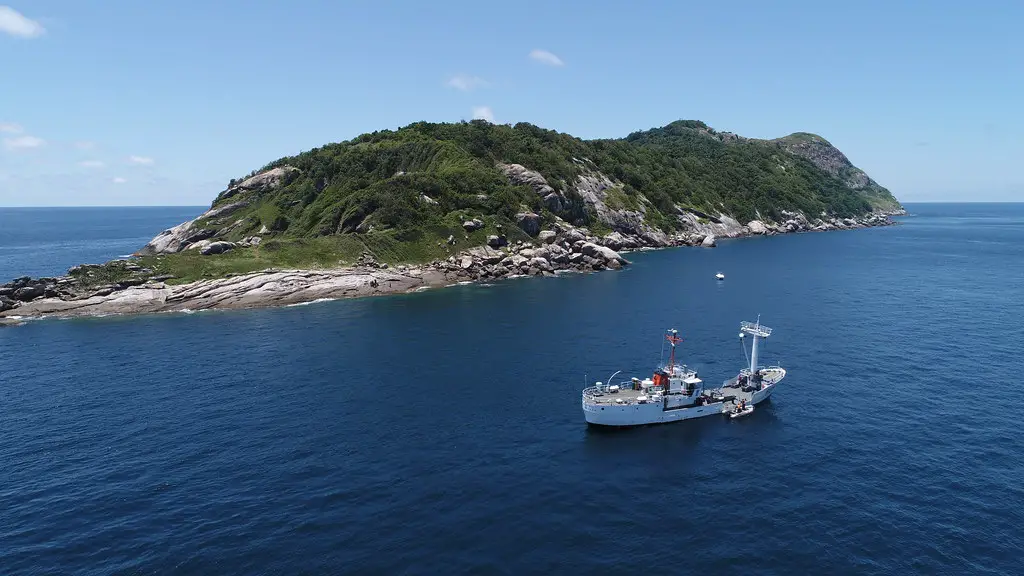
Off the coast of São Paulo, Brazil, lies Ilha da Queimada Grande, infamously known as Snake Island. This island is home to the golden lancehead viper, one of the world’s most venomous snakes. With venom potent enough to melt human flesh, these snakes have thrived in isolation, leading to an estimated density of one snake per square meter. The Brazilian government has prohibited public access, allowing only select scientists to study the serpents under strict supervision. Australian toxicology professor Bryan Fry, who has visited the island, describes the experience as both terrifying and magical.
Despite their danger, the snakes’ venom has contributed to medical advancements, including treatments for high blood pressure. However, deforestation and a decline in migratory birds threaten their survival. According to news.com.au, the golden lancehead is now critically endangered, highlighting the delicate balance between danger and conservation. Snake Island remains a place where nature’s ferocity and fragility coexist. It’s a stark reminder that some places are best left untouched. Respect for nature’s boundaries is paramount.
4. North Yungas Road, Bolivia
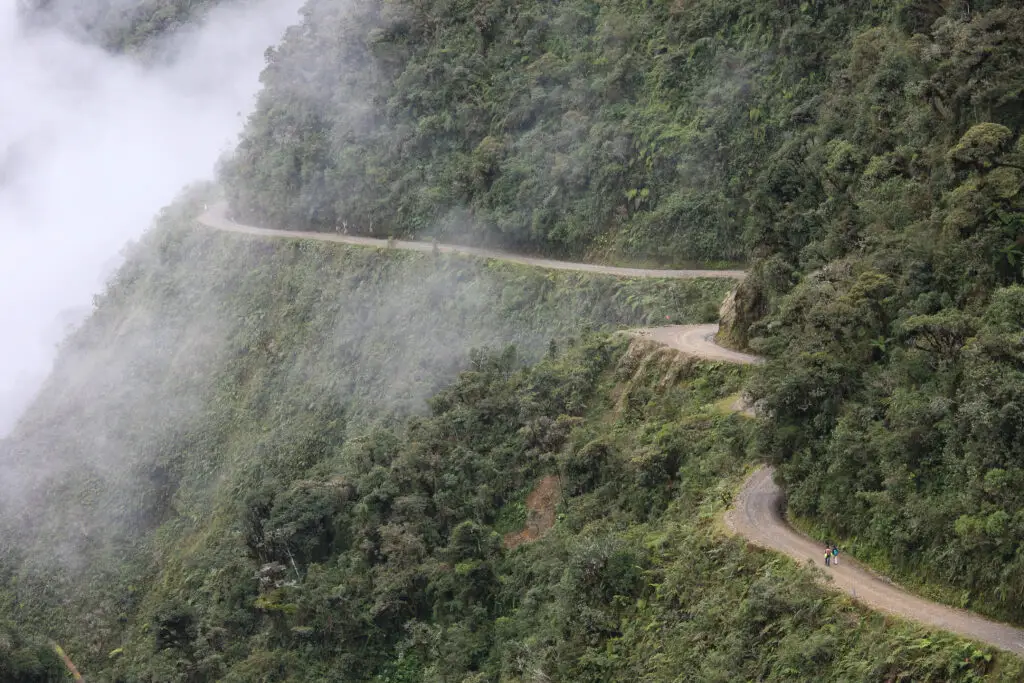
Known as “Death Road,” Bolivia’s North Yungas Road has a grim reputation. This treacherous path winds through the Andes, featuring narrow passages, sheer cliffs, and unpredictable weather. Fog, rain, and landslides are common, making the journey perilous for drivers and cyclists alike. Historically, the road claimed hundreds of lives annually, earning its ominous nickname. Despite improvements and the construction of alternative routes, thrill-seekers still traverse this dangerous path. Memorials and crosses line the road, commemorating those who lost their lives.
The combination of natural hazards and challenging terrain makes it one of the most dangerous roads globally. The Guardian explains that the road’s deadly reputation is well-earned, with numerous fatalities recorded over the years. Travelers are advised to exercise extreme caution and respect the road’s history. Nature’s unpredictability, combined with human error, has made this route infamous. Always prioritize safety over adventure.
5. Mount Sinabung, Indonesia
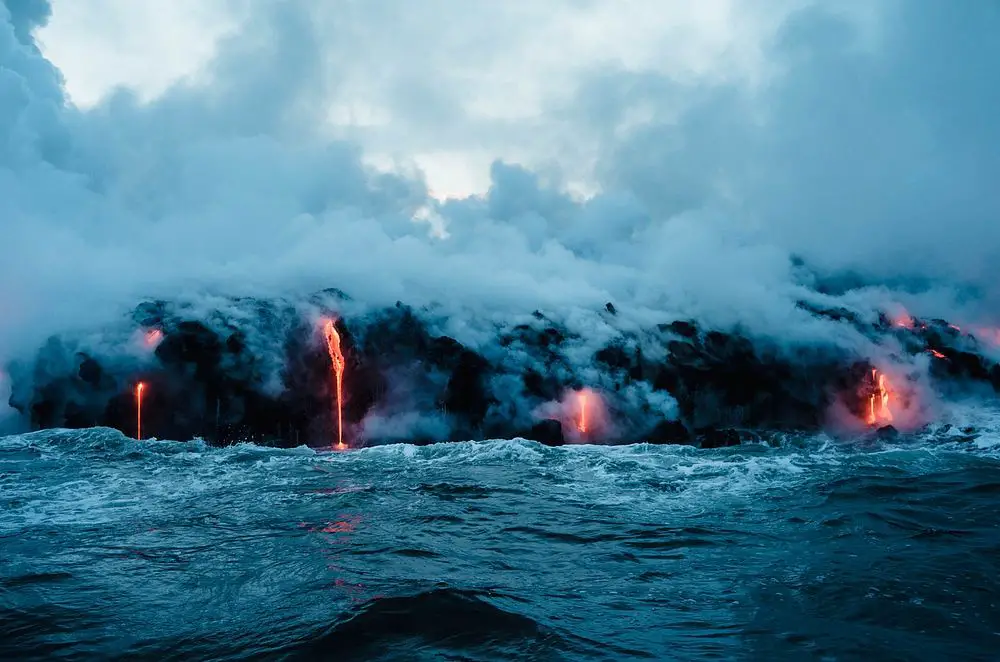
Mount Sinabung, located in North Sumatra, Indonesia, lay dormant for centuries before erupting in 2010. Since then, it has become one of the country’s most active volcanoes, with frequent eruptions spewing ash and lava. These eruptions have forced thousands to evacuate, destroyed homes, and disrupted agriculture. The volcano’s unpredictability poses a constant threat to nearby communities. Ash clouds have reached heights of up to 5 kilometers, affecting air travel and health.
Despite monitoring efforts, predicting eruptions remains challenging. Residents live under the looming threat of sudden volcanic activity. Per Reuters, Mount Sinabung’s eruptions have had significant impacts on the region, highlighting the volcano’s volatile nature. The mountain serves as a reminder of nature’s power and the importance of preparedness. Living in its shadow requires resilience and vigilance. Nature’s wrath, in this case, is both awe-inspiring and devastating.
6. Danakil Depression, Ethiopia
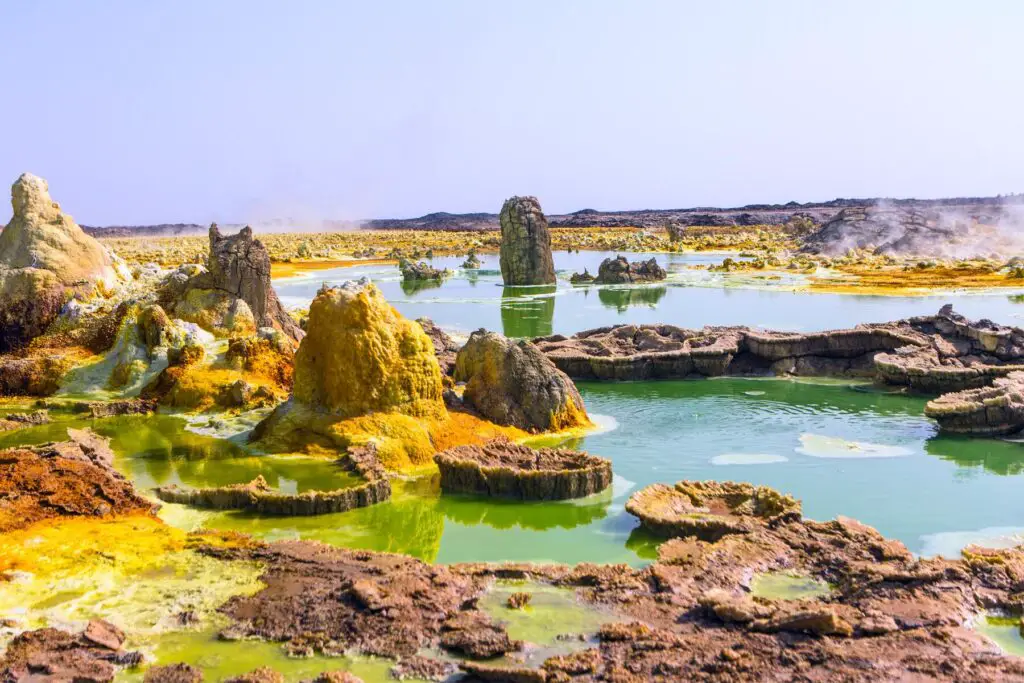
If Mars had a tropical fever dream, it would look like the Danakil Depression. Located in Ethiopia, this hellscape is one of the hottest, driest, and most alien-looking places on Earth. Temperatures regularly spike above 120°F, and colorful acid pools bubble beside toxic sulfur vents like the Earth itself is trying to boil your soul. The ground is unstable, the air smells like rotten eggs, and the only thing more aggressive than the heat is the geology.
Volcanic activity, earthquakes, and constant tectonic shifting make the region a living science experiment. Oh, and there’s barely any shade. Or water. Or breathable mercy. It’s beautiful in a “I definitely shouldn’t be here” kind of way, with neon lakes and salt formations that look Photoshopped. Scientists love it for its otherworldly properties—but it’s not built for casual sightseeing. Basically: visit if you want to feel like you’ve annoyed a fire god.
7. Mount Merapi, Indonesia
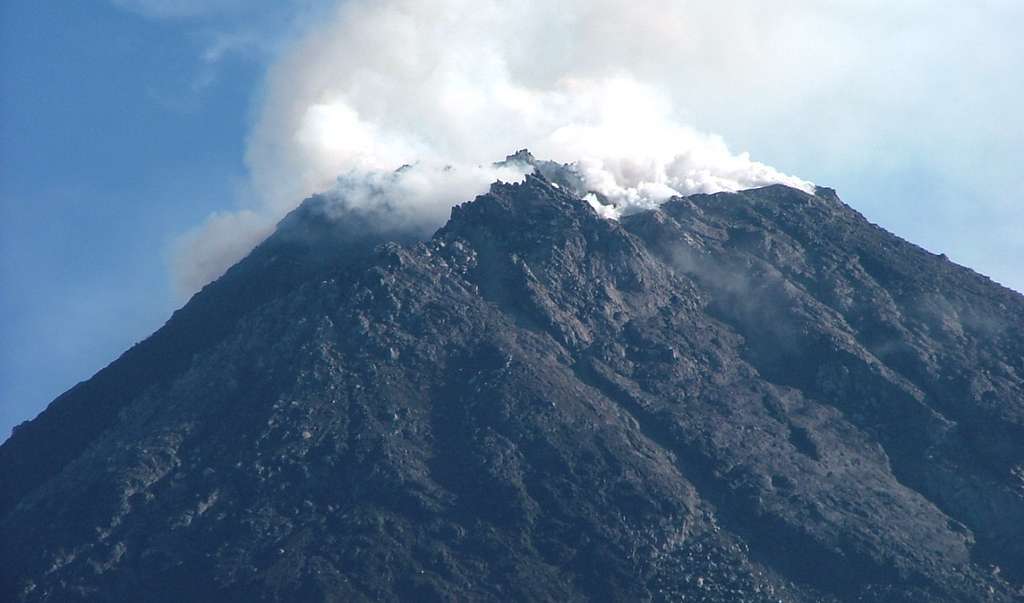
Mount Merapi isn’t just active—it’s aggressive. Known as one of the most dangerous volcanoes in the world, it’s erupted dozens of times in the last century alone. It doesn’t bother with polite warnings either—it spits lava, ash, and deadly gas clouds with volcanic attitude. Surrounding villages live in a constant state of semi-evacuation, like “maybe not today, but maybe tomorrow.”
Merapi’s pyroclastic flows are particularly terrifying—they move at over 60 mph and obliterate anything in their path. Entire towns have been buried in hot ash, and yet people still live near its base, farming and hoping it stays calm. That’s the paradox of Merapi: fertile soil thanks to volcanic minerals, but also death-by-eruption at any given moment. The mountain smokes daily, like it’s warming up for something. Local legend calls it a “fire mountain,” and honestly, the name fits. Merapi doesn’t play—it detonates.
8. The Bermuda Triangle

Okay, conspiracy theories aside, something’s up with the Bermuda Triangle. This region between Florida, Bermuda, and Puerto Rico has been linked to dozens of mysterious disappearances—planes vanish, ships go radio silent, and compasses lose their minds. While most of the legends have scientific explanations (rogue waves, methane bubbles, bad weather), the sheer number of weird incidents is still kinda sus.
It’s not technically the most dangerous place on Earth, but it’s high on the list of places you just don’t mess with casually. Pilots have reported seeing strange fogs or bright lights before equipment cuts out. And more than a few navigators swear their instruments go haywire even in perfect weather. Whether it’s magnetic anomalies or just bad vibes, something about this stretch of ocean gives off “nope” energy. The ocean doesn’t need monsters—it already has mystery. And this triangle is the OG creep-zone.
9. Chernobyl Exclusion Zone, Ukraine

Chernobyl is the ultimate “oops” moment in nuclear history, and nature’s response was… intense. After the 1986 reactor meltdown, radiation turned the region into a no-go wasteland. But over the decades, something wild happened: with humans gone, everything else came back. Wolves, lynxes, even wild horses reclaimed the forests, as if nature hit reset.
Yes, the soil is toxic and the buildings are radioactive, but the greenery is thriving. Some plants have adapted to absorb less radiation, and certain animals show mutations—but also resilience. It’s not some glowing-green horror movie set; it’s more like an eerie nature preserve that’s thriving because we left. The irony is hard to ignore. A disaster created an unintentional wildlife haven. It’s both beautiful and tragic—because the only way nature healed was by kicking us out.
10. Aokigahara Forest, Japan
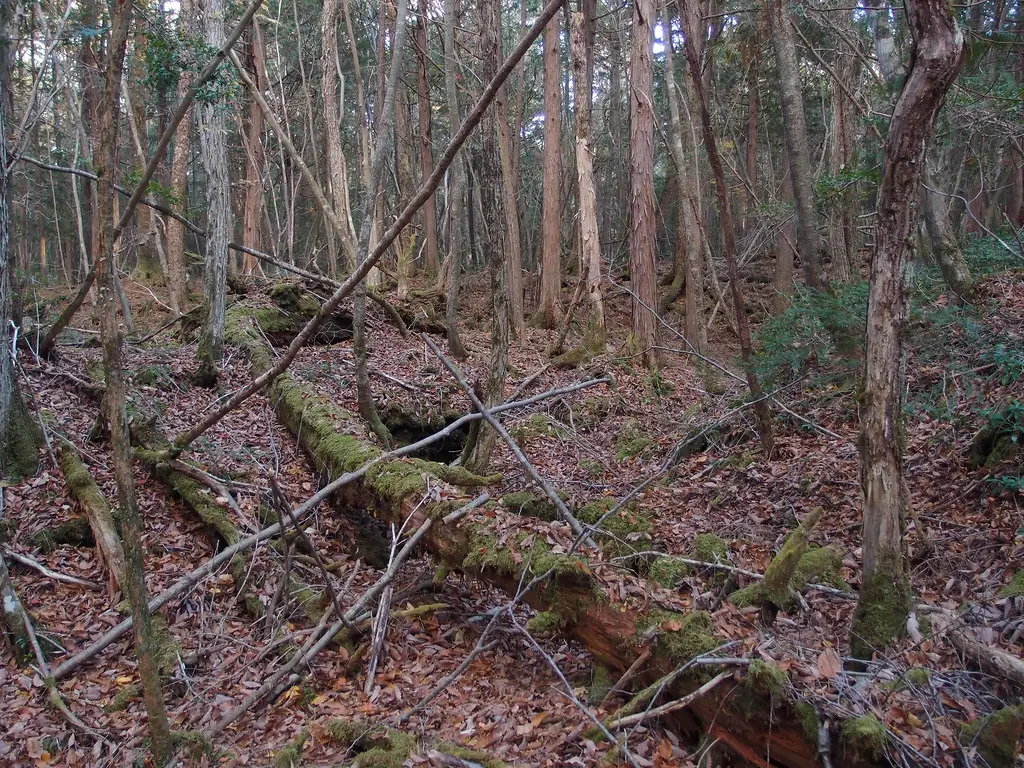
Nestled at the base of Mount Fuji, Aokigahara is stunningly beautiful—but with seriously heavy vibes. Also known as the “Suicide Forest,” it’s infamous for the sheer number of people who’ve ended their lives there. The forest is unnervingly quiet, with thick foliage that muffles sound and distorts direction. You can literally walk 10 feet off a trail and be completely disoriented.
Compasses don’t work well due to the volcanic rock underfoot, and signs begging people to reconsider their choices are scattered throughout. Despite its beauty, there’s a pervasive sense of isolation and unease. Locals say the forest feels “off”—like something’s watching. Even search-and-rescue teams approach with care and reverence. It’s not that nature created the sadness here, but it seems to hold onto it. Aokigahara isn’t dangerous in the usual sense—but it haunts you long after you leave.
11. Fukushima Exclusion Zone, Japan

Nature doesn’t always turn against us on its own—sometimes we provoke it, and it bites back hard. After the 2011 tsunami triggered a meltdown at the Fukushima Daiichi nuclear plant, large swaths of northeastern Japan were evacuated. Radiation leaked into the environment, turning forests, farms, and entire towns into eerie no-go zones. The human population fled, but nature? Oh, it stayed. And it thrived.
Wild boars, monkeys, and bears now roam freely through empty city streets like it’s their post-apocalyptic paradise. Buildings are frozen in time, and Geiger counters still tick ominously in some areas. Cleanup has been ongoing for over a decade, but radiation hotspots remain unpredictable and dangerous. The kicker? Some plants and fungi in the zone have developed strange mutations and resilience to radiation. It’s like nature adapted… and evolved. A little unsettling? Yes. A lot fascinating? Also yes.
12. Valley of Death, Russia
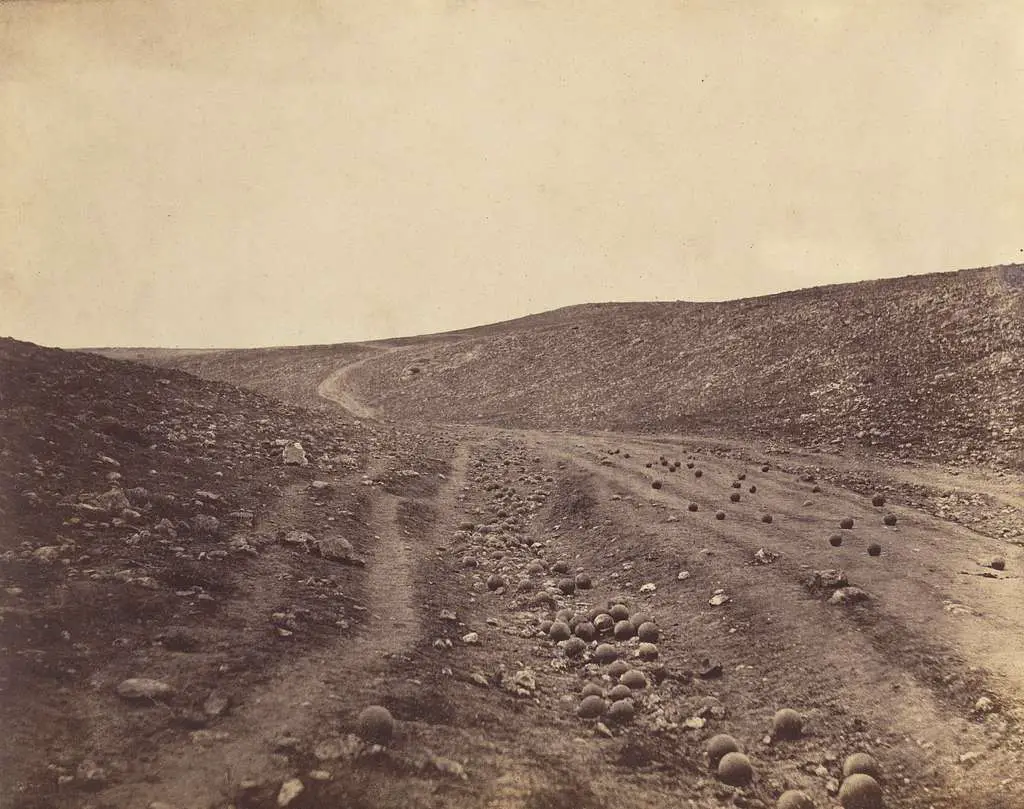
No, not the U.S. one—this one’s in Kamchatka, and it’s straight-up terrifying. The Valley of Death is a remote area filled with natural volcanic vents that release toxic gases like hydrogen sulfide and carbon dioxide. Birds drop from the sky. Bears walk in and never walk out. And the place is eerily quiet, like the Earth itself is holding its breath.
Researchers discovered it by accident and quickly realized even short exposure can be fatal. There’s no bubbling lava or dramatic eruptions here—just invisible poison in the air and soil. You can’t see the danger, which makes it even worse. It’s the kind of place where a light breeze could change everything. Tourists are banned, and even scientists wear full hazmat suits. Basically: it’s a real-life death trap wrapped in tundra silence.
13. Boiling Lake, Dominica
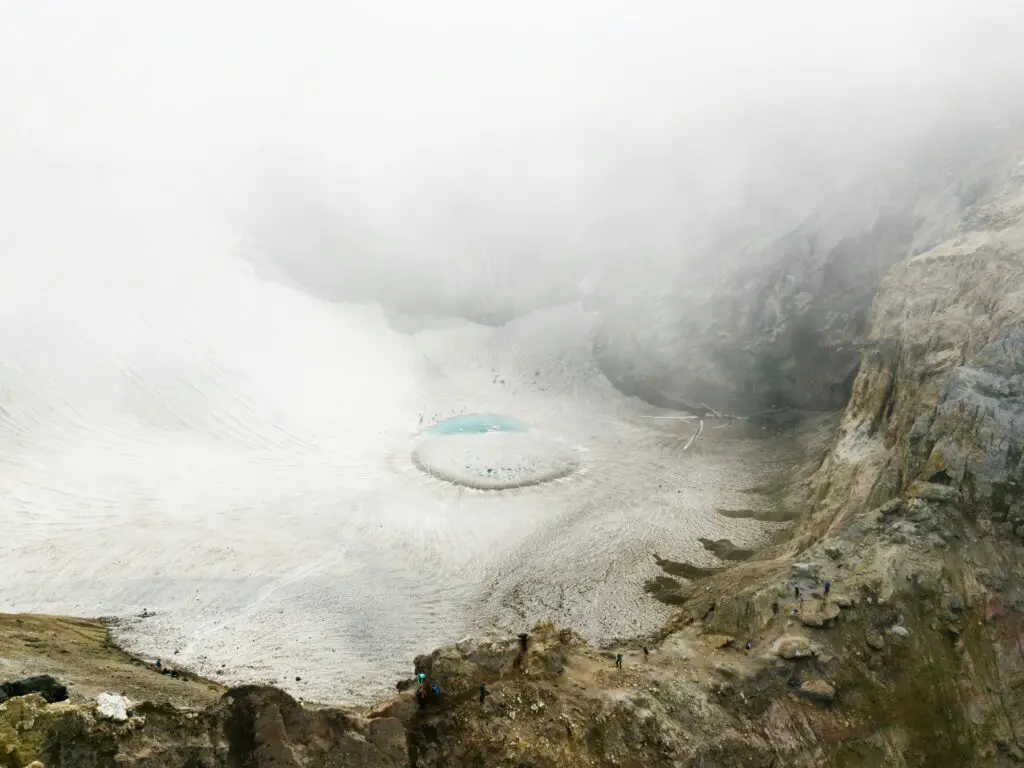
In the lush rainforest of Dominica lies a lake that never chills out—literally. The Boiling Lake is filled with superheated water that bubbles, steams, and occasionally vanishes entirely into the earth. The water can reach up to 197°F near the edges, and the center is too hot to even measure. It’s not a hot spring—it’s a freaky geologic potluck of volcanic heat, gas vents, and bubbling madness.
Hikers can visit, but it’s a grueling trek and the air is thick with sulfur. One wrong step on the unstable ground could mean a very un-fun scalding experience. It looks like a peaceful pond until you realize it could cook you alive. And yet… it’s weirdly beautiful, perched in a crater surrounded by mist and jungle. Dominica’s Boiling Lake is a reminder that even paradise has its boiling point. Approach with awe—and sturdy boots.
